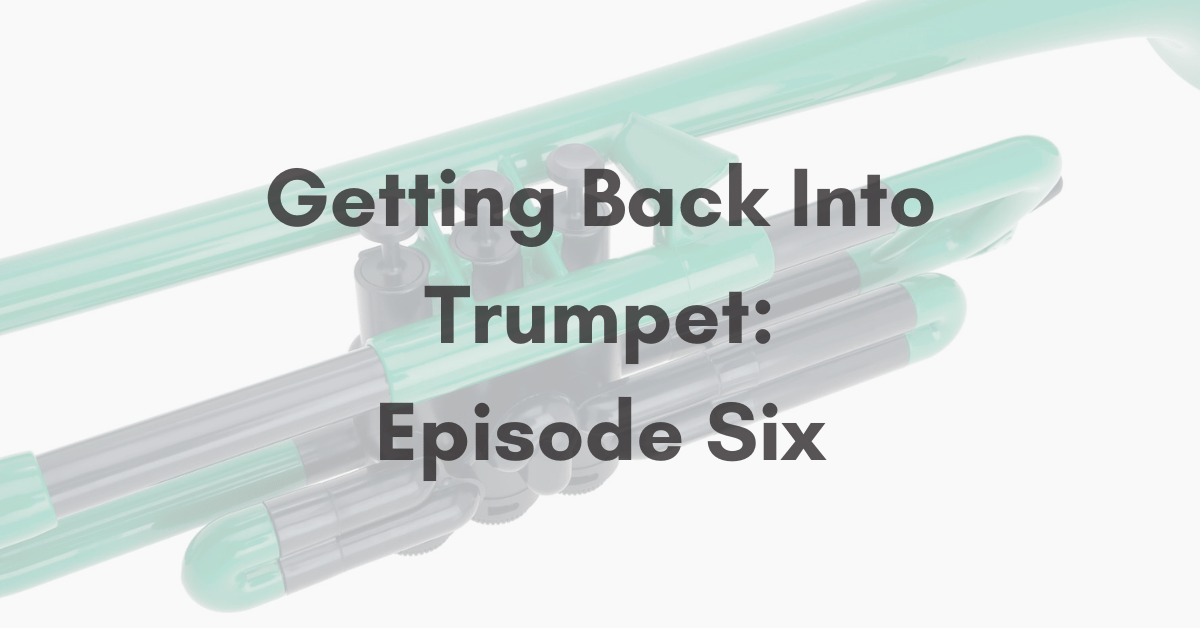
Topics:
February 9th, 2024
1 min read

In vlog six of the Recover series, Grant Golding turns our attention to the development of finger techniques for trumpet players. Post-COVID recovery or any extended break can impact the agility and precision of finger movements, making focused exercises crucial for regaining control.
Check out the full episode here, or read on for a roundup of this finger exercise episode:
Grant begins by emphasizing the importance of holding the trumpet correctly. It's about more than comfort; it's about preventing strain and injury. A straight arm and relaxed wrist are key to maintaining the health of your carpal tunnel and tendons. The goal is to keep the instrument aligned with the natural line of your third finger, avoiding any unnecessary bending or twisting.
The main exercise introduced in this vlog is the 'Finger Twister.' This exercise is not just about moving your fingers but also about challenging your brain. Using just three notes - D, E, and F sharp - Grant demonstrates various combinations to work on finger flexibility and brain agility.
For instance, playing the E note with the third valve instead of the usual first and second valves adds a twist to the exercise. The idea is to constantly change the combination of valve presses, pushing both your mental and physical capabilities.
While the tuning in these exercises might not be perfect, the focus here is on the mental aspect of playing. Grant advises players to let their brains do the work, focusing on the flow of air through the instrument and allowing the fingers to follow naturally.
To further challenge yourself, Grant suggests variations like playing the exercises quietly, using different articulations (tongued or slurred), and trying them at varying speeds. You can also reverse the patterns or mix different combinations of fingers. The aim is to confuse and challenge your brain, which in turn enhances your finger agility and overall playing technique.
Finger exercises are an essential part of recovering your trumpet-playing skills, especially after a break. By practicing the Finger Twister and its variations, you not only work on your physical dexterity but also improve your cognitive connection to your playing. This approach ensures a well-rounded recovery, focusing on both the physical and mental aspects of playing the trumpet.
Adam is the Content Manager at pBone Music. This should mean that he’s the ideal person to write about himself, but he finds boasting in the third person a little awkward. He honed his word wizardry with a degree in English Language and Literature at the University of Leeds. He has since written copy for clients and businesses across the land, from awards to something beginning with “z”. He also spent a number of years as a musician. He has written pop songs and even jingles for kids, performed more first dances at weddings than you could shake a pBuzz at, and once played a gig for a pie company at The Etihad Stadium in Manchester. When he’s not reminiscing about those good old days, you might find Adam enjoying the football (although as an Everton fan, that can be difficult). He also loves spending time with his partner, Jen, and his family and friends, and sincerely hopes they feel the same way.
Topics: